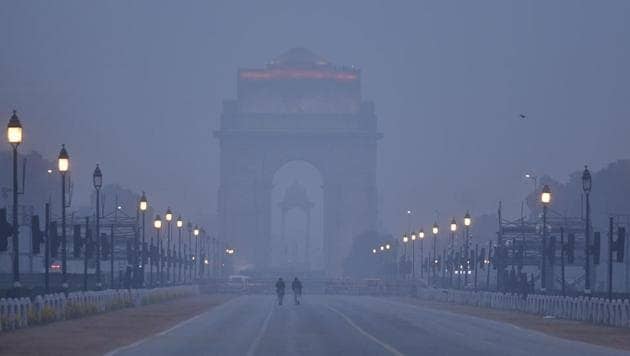Free Courses Sale ends Soon, Get It Now


Free Courses Sale ends Soon, Get It Now



Disclaimer: Copyright infringement not intended.
Context
What is a cold wave?
Cause of this cold wave
Western Disturbance and cold wave
© 2024 iasgyan. All right reserved